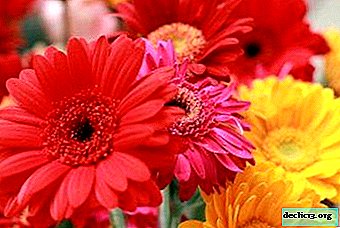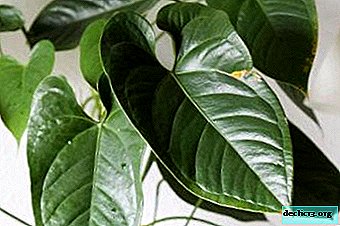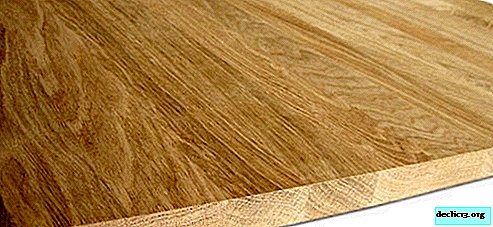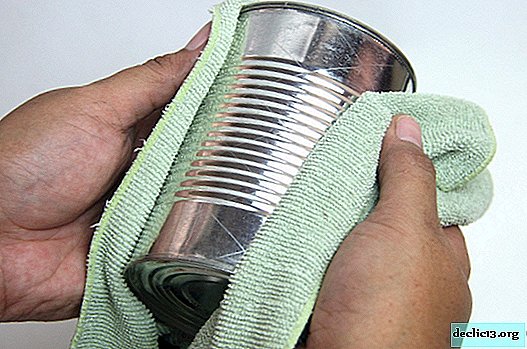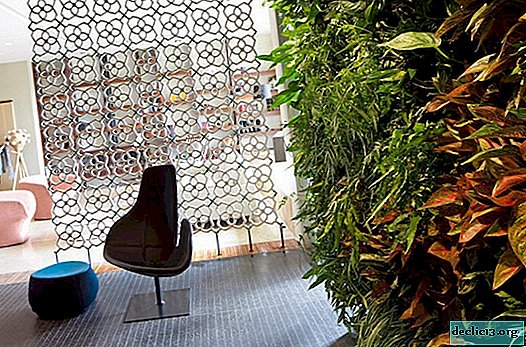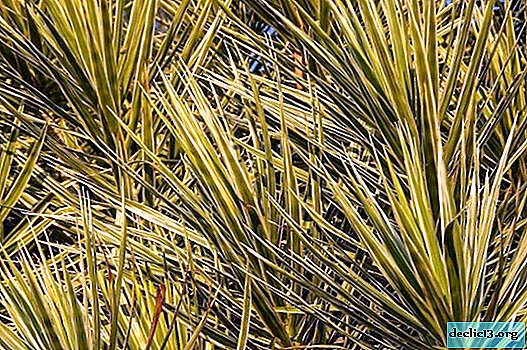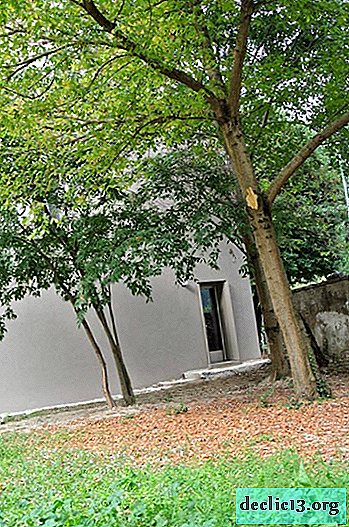Snapdragon - a bright decoration of the garden
In order to achieve maximum effect from an ornamental plant, it is necessary to provide him with proper care. Compliance with the rules of watering and feeding, as well as knowledge of the features of creating comfortable conditions will provide the plant with a healthy look. Snapdragon flowers were no exception in this sense.
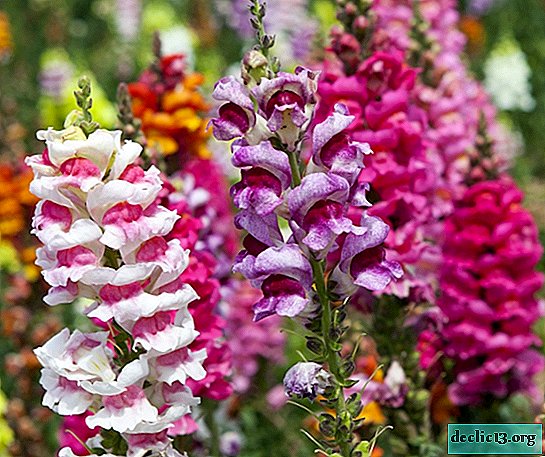

Plant specific features
Snapdragon (Antirrhinum) is a herbaceous plant or small shrub reaching a height of up to one meter.


The stems of the plant have thin furrows along the entire length. Branched and green stems refresh the flower beds and contrastively contrast with the bright flowers of the plant. They form a bush of a pyramidal shape.


The growth pattern of the leaves is as follows: the upper ones grow next, the lower ones grow opposite. In shape, they look like elongated ovals. Their colors range from light to dark shades of green. In some species, red veins can be seen.


Blooms Antirrhinum large flowers with a pronounced fragrant odor. The shape of the flowers is most often irregular. You may notice that they consist of two parts.


Spike-shaped inflorescences, depending on the species, can have double or simple petals.


The range of colors is wide:
- white
- yellow;
- pink;
- fawn;
- reds.
In addition, you can find two-and three-color variations.

The fruit of this plant is a multi-seeded box consisting of two nests. Usually snapdragon blooms in June. The last flowers fall only with the first frost.


Antirrhinum is a perennial. At the same time, many gardeners grow it as an annual for one season. With proper care and compliance with the necessary conditions, the same bush can bloom for two and three years in a row.


Due to its small size, snapdragon is most often used as a border plant. In addition, such a flower looks great in group plantings and flower beds.


Often snapdragons can be seen on terraces, balconies and window sills. Ampel forms are best suited for this. They can be grown in small hanging pots.

Varieties of snapdragon
This popular plant has several classifications. Among them, the division by height:
- gigantic (90-130 cm);
- high (60-95 cm);
- semi-high (40-60 cm);
- low (25-40 cm);
- dwarf (15-20 cm).


The first type includes the variety "Arthur", "F1 red XL", "F1 pink XL". Popular varieties in the high category can be considered "Anna German", "Canary", "Madame Butterfly".

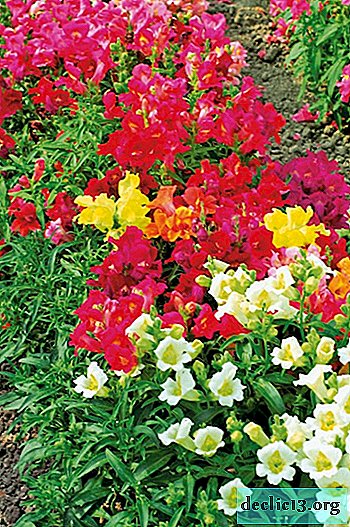
The semi-high list includes Golden Monarch, Ruby, Lipstick Silver. Often they are grown for cutting.


Low species are characterized by a large number of flowering shoots. These include "The Hobbit", "Tip-Top", "Lampion". To dwarf carry varieties "Sakura Color", "Candy Showers."


For those who are looking for varieties that have a year-round cycle, "Sanderson" and "Martin" are suitable. They belong to shear varieties and they can often be found on sale among bouquets of cut flowers.


How to grow snapdragon and seed
Generative and vegetative methods are used to propagate this plant. Seeds perfectly retain the ability to germinate for several years.


For areas with a warm climate, it is enough to sow the seeds directly into the ground. The first shoots usually appear after two weeks. In such places, the seeds do an excellent job with a little nighttime cooling.


If the region’s climate is characterized by a long transition to warm weather, it is better to use seedlings.


Sowing is best done in early March. Dishes with a diameter of 10 cm or more should be provided with drainage holes. Coarse sand is placed in it, on top of which compost earth is mixed, mixed with the same sand.


The mixture is wetted with water above. After that, seeds mixed with sand are evenly distributed on the surface. Pour another layer of substrate on top and moisten from a spray bottle. All this is covered with a glass plate.


Every day you need to wipe the condensate from the glass, and also let the earth breathe for a while. In addition, crops need to be regularly moistened. More seedlings will appear on the third or fourth day. At this time, you need to remove the glass completely.


Fortified seedlings are moved to the ground by the end of May. The illumination of the site selected for planting does not matter. It is important to provide seedlings with good drainage.


Proper plant care
In order for the snapdragon to feel comfortable, it is enough to regularly carry out simple procedures. Antirrhinum is quite unpretentious and requires only standard manipulations:
- regular watering;
- top dressing;
- weed removal;
- loosening the soil.

In addition, high grades may require garter. To maintain lush flowering, wilted flowers are best removed in a timely manner. For feeding use mixtures sold in specialized stores corresponding to this type of plant.
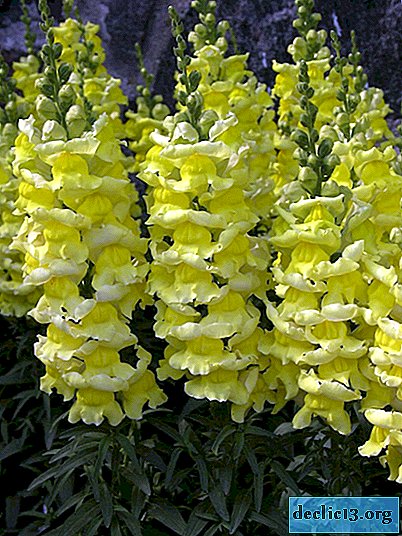
Sometimes the plant is affected by diseases:
- Septoria;
- blackleg;
- gray rot;
- root rot.
A diseased plant should be removed as quickly as possible, and the place should be treated with special preparations.
Such simple care will provide a gorgeous view of the flowerbed, part of which is the unique snapdragons.

